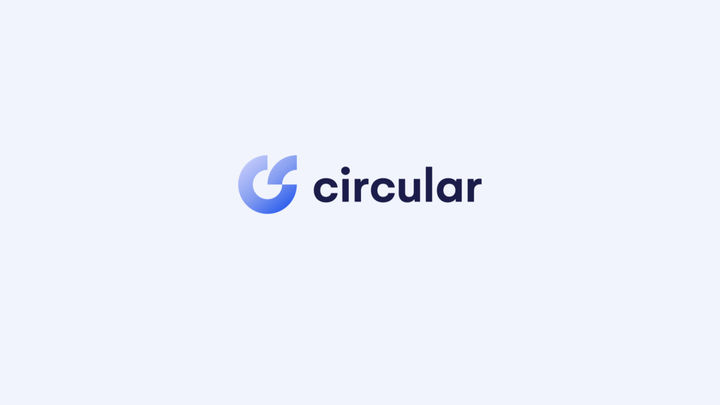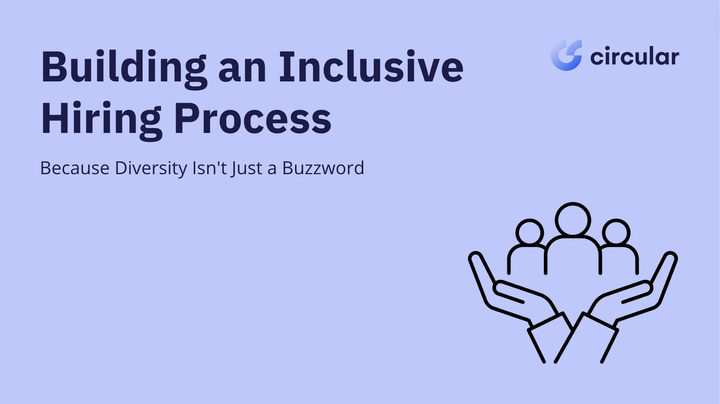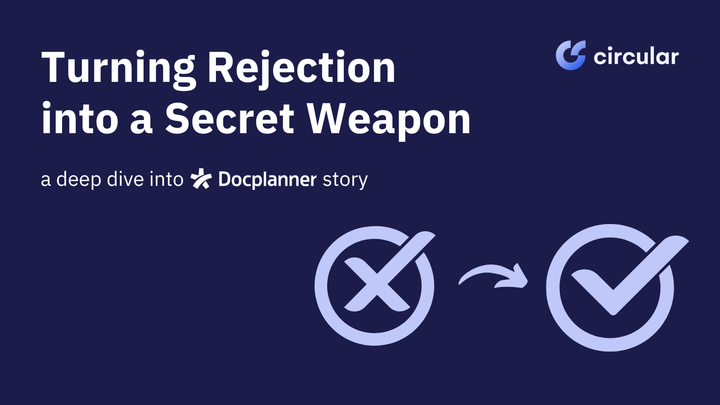Candidate Journey Mapping 101

The pressure on those who carry out recruiting functions has never been higher, and this creates challenges, especially for start-ups. The global talent crunch is forcing recruiters to work harder and harder.
This is not new and is discussed far and wide, as there is no single fix to this issue. Talented candidates don’t just grow on trees, so we need to focus on our end of the bargain. How do we, as recruiters, engage and select talent? Despite the vast array of technological solutions for discovering and assessing talent, we still are not ahead of the game.
That’s where Candidate Experience comes in. It is the new, presumably silver, bullet in the industry. The concept of thinking about the interaction between a brand and a “user” is not new. Optimizing the decision-making process from the perspective of the “buyer” seems obvious. However, it seems difficult to put this into practice.
Recruiting entails relying on “user experience design” to avoid failing at:
- Engaging a candidate and converting them into an applicant.
- Keeping them committed during the selection process.
The underlying maxim seems to be making it as convenient as possible to apply and interview. On top of that, we need to be inviting and transparent, respectful of their time and attention, and show that we care along the way.
However, where do we start and how should we go about this?
User Journey Mapping
User journey mapping is an easy way to visualize the flow of a candidate through the recruiting process, from their first interaction with an employer or job ad to the day they are hired (or rejected).
This map should include at least the stages shown here:
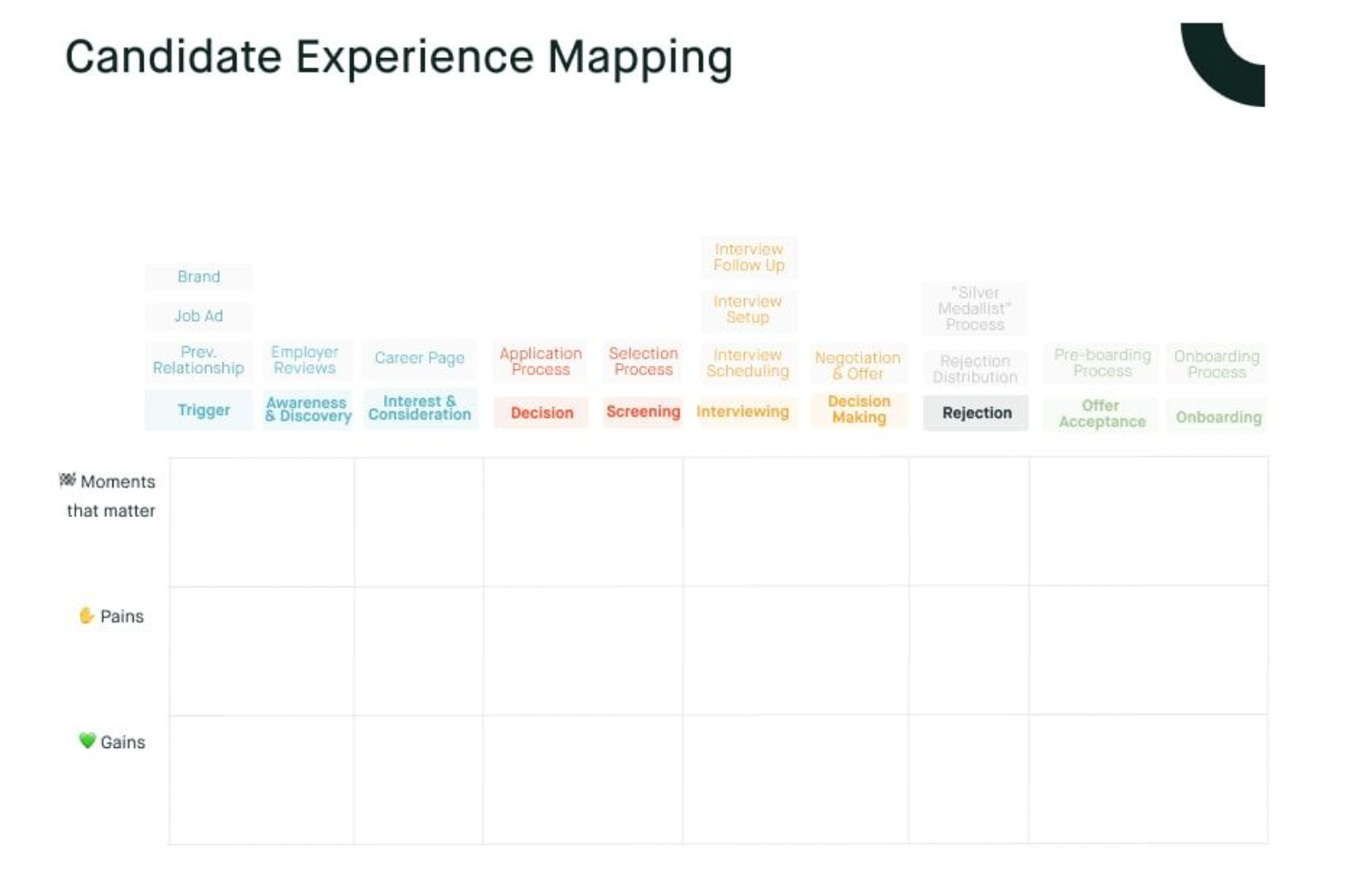
Note: You can save this image and use it as a Candidate Experience Mapping template.
As Candidate Experience is and should be measured, there are pitfalls you can avoid so you don’t lose candidates.
Here’s how to fix issues and what to optimize along the candidate journey:
The moment a potential candidate becomes aware of our employer brand or job ad (“Trigger”)
Job ads are everywhere, and recruiters seem to be reaching out to high-demand candidates en masse. If you want to get their attention, you have to make sure you create value. By ensuring that the information you give them, for example in the form of a job ad, is filled with relevant information, you’re avoiding them dropping out of the running easily. Thus, putting yourself in their shoes through solid persona typing should give you the necessary insights into what matters to them, what kind of career they are seeking, and how to build a compelling narrative. Don’t be shallow or generic in your employer brand– you want to be relevant to your audience. Employer branding is not about being super-visible, but rather about being relevant and valuable to those who should care.
The phase during which a candidate checks us out and decides whether to apply (“Consideration”)
When a talent is sizing you up as a potential employer, they will conduct wide searches to find additional, authentic insights into your company. Make sure you are aware of or control what a candidate sees about you in places like YouTube or other online sites. Being “not visible” as a choice is also a reason for a job seeker to drop out and ignore you. After all, if you don’t feed their hunger for information, you’re already not nurturing them. Also, make sure the entry points into your company are low threshold. Give them options to bookmark jobs, follow your job board on social media or engage with you with ease. If you have the budget to include a chatbot on your career page, that’s outstanding. If you don’t, at least showcase the people they can reach out to, as opposed to faceless email addresses. Always remember that candidates will assess your company through various avenues, and not just one time. The best ones will then try to find a way to get a referral and apply through informal ways. So, make sure you’re not playing hard-to-get as a recruiter.
The actual moment a candidate applies with us (“Application”)
If you’ve mastered writing and promoting your job opportunities successfully AND answering as many questions as a candidate can have during the pre-application period, you’re already on the right path. From a “conversion” standpoint, the last mile in recruiting is just as crucial as it is in e-commerce. If you have managed to get people looking at your website, showing them relevant choices so compelling that they are ready to make a decision, don’t make the “check out” difficult. In talent acquisition, the shopping cart and payment bit is the actual application form. Choose an Applicant Tracking System (“ATS”) based on how seamlessly a candidate can submit their information. By giving them the choice to apply using their LinkedIn profile or by just attaching a PDF instead of filling out a complex form, you’re ensuring you’re not stumbling at the finishing line. A no-brainer, yet something that is often forgotten, is sending a personalized confirmation that the application was received. Stand out by giving the candidate a heads-up on what will happen next and how long the next part of the process might take. In addition, give them easy ways to ask follow-up questions regarding the job they just applied for.
The time we take to give them the first round of feedback (“Screening”)
All of us recruiters struggle to speed up the process of getting feedback from our hiring managers. If you started a recruiting project without having received a very clear briefing from your colleagues, you’ve already set yourself up for a slow process; you will have to review every candidate with the hiring managers without knowing who is a fit and who is not. Sometimes, with roles that are new to the organization, this is inevitable. But do be aware that tech candidates are not on the market for longer than 20 days. By the time they have applied with you, they are already half-way through their job search process, so you might have as little as 5 weekdays to lock them in. Additionally, all candidates seek and appreciate fast closure and clarity. If they are clearly not a fit, let them know as soon as possible. They are most likely participating in various interview processes elsewhere anyways, so allow them to focus on those instead. If they are at least a bit relevant, ensure that you’re keeping them in the loop by sending them update emails and sharing what is happening on your end while they wait. Transparency will always be appreciated.
The actual selection process (“Interviewing”)
Again, your success with hiring in-demand candidates depends on how seriously your hiring managers are taking the recruiting process. Not just because you need to speed it up in order to not lose candidates, but also because you need to ensure you’re giving them the best impression of your company during the interviewing process. If you can, take the time to properly train your hiring managers on how to conduct and behave in interviews. It is sometimes hard for senior management to acknowledge that they lack experience or practice in this respect. After all, it’s possible that they have never gotten feedback on their interviewing skills. By participating in interviews and sharing tips afterwards, you may be able to increase the quality of the conversations had with candidates. Nothing is worse than having spent hours to find and nurture a candidate only to sit in on an interview with a hiring manager who does not appreciate any of this. Respectful manners, well-chosen and relevant questions, an inviting atmosphere and not monopolizing the conversation are crucial. There are many ways in which recruiters and hiring managers can build interviewing skills, but the easiest is to create a feedback loop and to practice as much as possible.
The mutual decision on an offer (“Decision Making”)
Making choices regarding a new colleague is hard and sometimes feels like an irrational bet, for both sides. However, candidates likely have less information about their next career move than you have about whether they are a fit or not. This is why you need to get this part right. Some companies don’t inform other colleagues after interviews about their opinion of a candidate in order to come to a less biased decision. Whether your organization allows these “Chinese walls” or not is ultimately up to the recruiter to decide. Again, if you haven’t put time into the initial job specification and the requirements for the role in the first place, all candidates will be equally good or bad. By aligning expectations on objective criteria to assess a candidate, the decision-making part should be way easier.
Also, remember to give a candidate all the information they need to come to a decision. Invite them to spend a day at the office and meet the other team members, send them follow-up material to look at– however you do it, balance out the information on both sides. Avoid not having set the right expectations and be very explicit about the roles you’re hiring for. Otherwise, you will increase the chances of them becoming “flight risks”, candidates who come in and then leave within the first 90 days.
The way we negotiate and deliver an offer and start the pre-onboarding process (“Offer Acceptance”)
If you have done your research on market salaries for the roles you’re hiring for thoroughly AND communicated this early to a candidate, the negotiation part should not bring any surprises. If you are a start-up, remember that candidates always look for extras like benefits, perks, bonuses, etc. Make sure you’re giving them transparent insight into the options all candidates have, as you’re demonstrating fairness, not that you give certain extras depending on individual negotiation skills. Also, try to understand what matters to them most and WHY, if you’re running on a tight budget. The practice of reviewing their package at a later point is valid, but make sure to stick to the promises you’re making now. Employees will always remember those conversations and you’ll be hearing about it again later, guaranteed.
The period in between signing a contract and starting at your company should also be time well spent. If you want to lower no-show rates AND work on shortening their time-to-productivity, invite them to your internal gatherings, get them to subscribe to your newsletter, offer to let hiring managers send them information to prepare, etc. It’s true that it’s a fine line between “keeping them in the loop” and absorbing them while they still have a job elsewhere. However, it’s best to have these conversations and ask how they would like to use the weeks between the decision and their first day.
The prolonged version of a candidate journey can extend way into the onboarding phase. In any case, though, the moment we reject someone needs to have a deliberate “experience design”, too.
You have some basic tips here below, but we will dedicate a separate blog post to this later on.
- Give them an answer either way as soon as possible
- Offer to give feedback on what they can improve next time
- Share general advice as the “job searching expert” you are in your role as a recruiter, i.e. how they can prepare or present themselves better in interviews, how to improve their LinkedIn profiles or CVs, etc.
- Invite them to subscribe to a job newsletter or follow your job board
- Don’t just dump them into your ATS, make sure that the silver-medalist candidates will be reconsidered
- Offer to help find a job elsewhere and introduce them to fellow recruiters in similar companies if they want; even the hint of “company x is hiring for similar roles these days” is valuable to a candidate
- Deliver the “no” while acknowledging the time they have invested in applying and interviewing with you
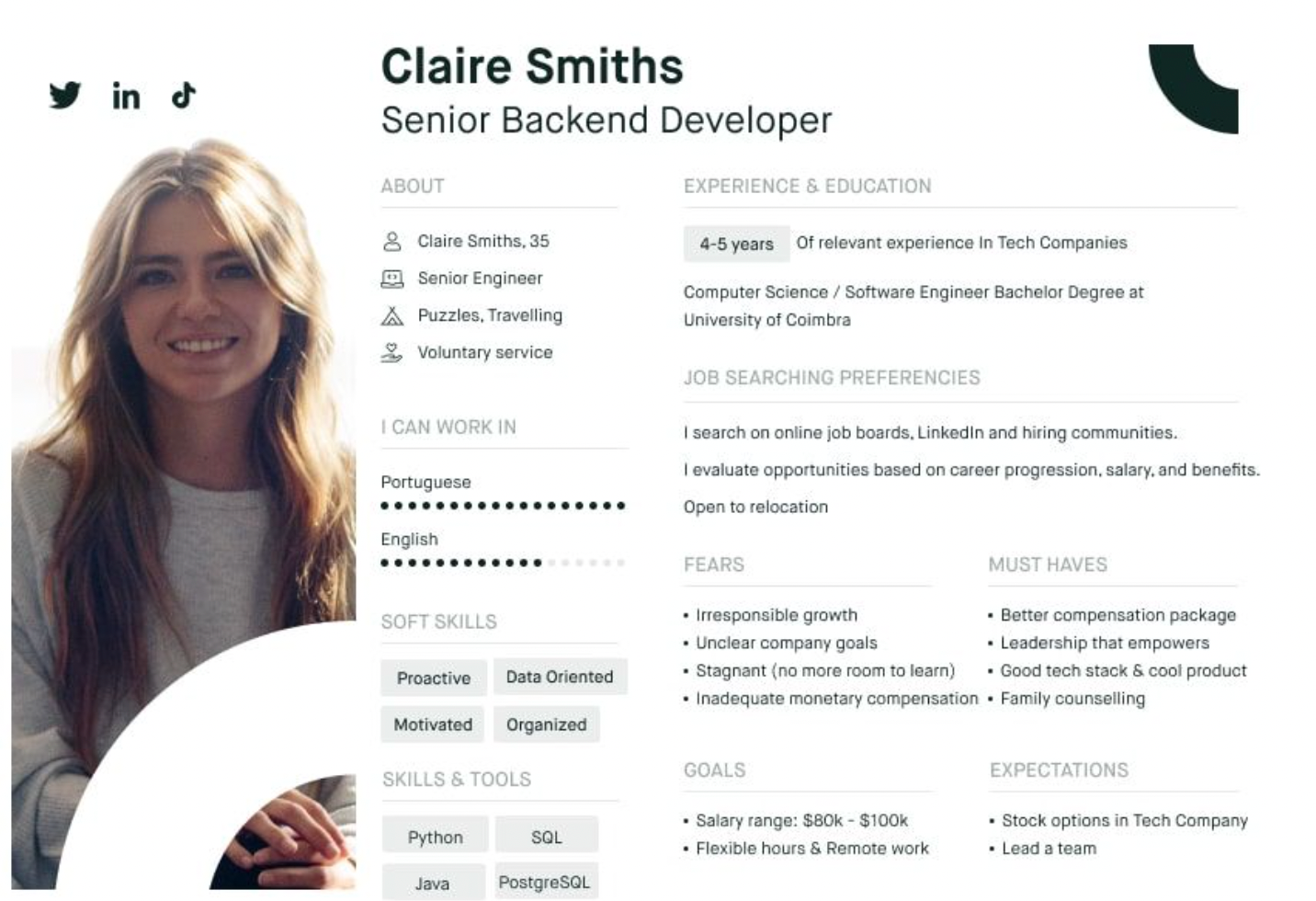
Most recruiters start out with a general journey of all candidates interacting with them. However, refining this by using Persona Mapping can be of tremendous value. Not all jobs attract the same audience and it is helpful to map out their differences, along with:
- Demographic data, i.e. age, academic background, interests, location, salary level, etc.
- Career objectives, goals, and needs
- Pains, frustrations, and things they have no patience for
- Personality
- Job search behavior and channels they use
- Motivation and how they assess a new career option
- Decision making influences and stakeholders
- Sources and content of the information they seek
If you want to go the extra mile, you might want to optimize the candidate journey for the main candidate persona you’re dealing with. Only then can you be assured that all their “pains, gains, and jobs to be done” are satisfied.
You can now use this Persona Mapping as a template to create yours!
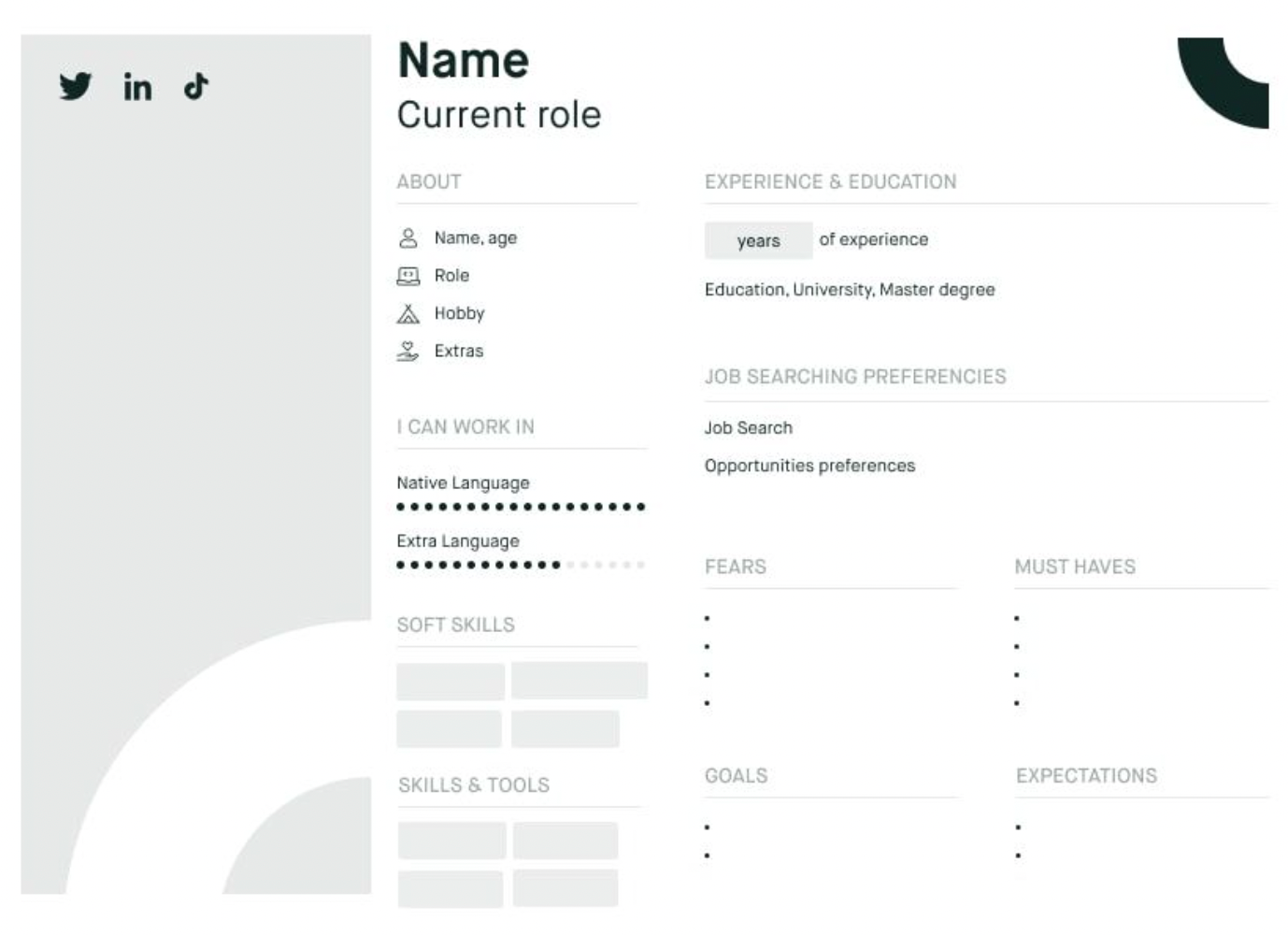
Note: you can save this image and use it as a Persona Mapping Template
This post has been written by Anna Ott, HR Tech Expert and Consultant.
In an upcoming series we will zoom in on the various stages and cover what you can do to optimize and design the candidate journey. We will also interview Talent Acquisition experts about their take on CX to give you professional advice that you can start using right away.

